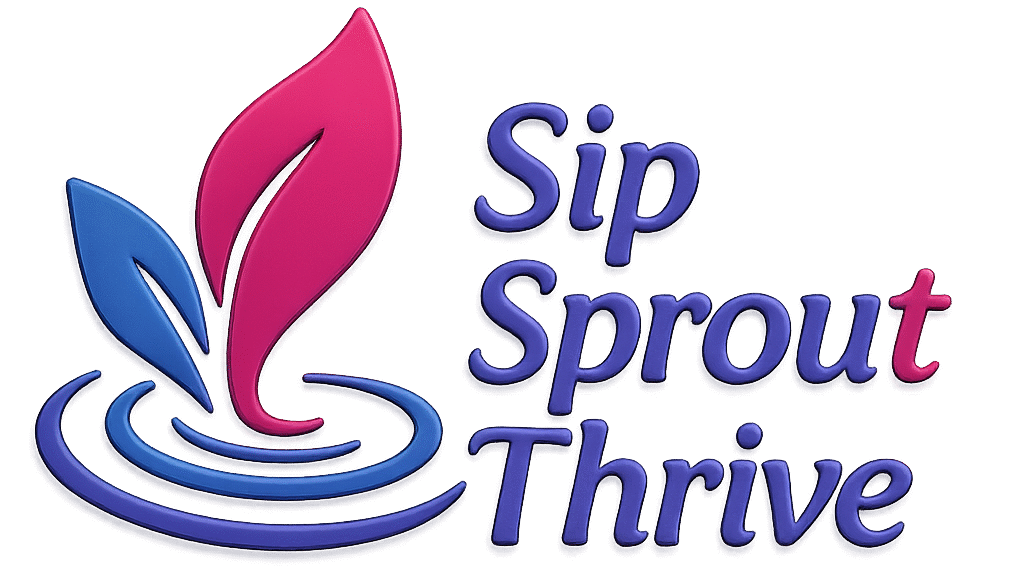
Many of us assume our homes are safe spaces, free from harmful substances. However, the reality is that we encounter numerous toxins daily—in our water, food, and household products. While we can’t eliminate every risk, understanding these exposures empowers us to make healthier choices. Let’s examine where these toxins hide and how to reduce their impact.
1. The Water You Use Every Day
Municipal water systems treat water to remove pathogens, but many contaminants remain:
- Disinfection Byproducts (DBPs): Chlorine and chloramine react with organic matter, forming compounds linked to long-term health risks.
- Heavy Metals: Lead (from aging pipes), arsenic, and mercury can seep into water supplies.
- PFAS: These “forever chemicals” resist breakdown and accumulate in the body, potentially disrupting hormones.
- Microplastics: Emerging research detects plastic particles in tap water globally.
**Action Steps:**
- Install a certified water filter (NSF/ANSI standards) for drinking and cooking.
- Use a shower filter to reduce chlorine absorption through skin and lungs.
- If concerned, test your water (local health departments or independent labs offer affordable kits).
2. The Food You Consume: Fresh and Processed
Fresh Produce Concerns
Even nutrient-rich foods can harbor toxins:
- Pesticide Residues: The Environmental Working Group’s “Dirty Dozen” highlights produce with the highest contamination (e.g., strawberries, spinach).
- Wax Coatings: Some fruits and vegetables are coated with synthetic waxes to prolong shelf life.
Minimizing Risk:
- Wash thoroughly: Use a baking soda soak (1 tsp per 2 cups water) for 15 minutes.
- Prioritize organic for high-risk produce, or grow your own when feasible.
- Peel when appropriate, though this sacrifices some fiber and nutrients.
Processed Foods: Hidden Dangers
Packaged foods often contain:
- Additives: Artificial colors, preservatives (e.g., BHA/BHT), and flavor enhancers (e.g., MSG) may trigger sensitivities.
- Packaging Chemicals: BPA and phthalates in plastics can migrate into food, especially when heated.
- Industrial Oils: Highly processed seed oils (soybean, canola) are prone to oxidation and inflammation.
Healthier Choices:
- Read labels: Avoid products with unrecognizable ingredients or lengthy additives lists.
- Choose fresh or frozen over canned to limit BPA exposure.
- Opt for stable cooking fats like olive oil, avocado oil, or coconut oil.
3. Household Toxins: Beyond Food and Water
- Cleaning Products: Many contain volatile organic compounds (VOCs) that pollute indoor air. Switch to vinegar, hydrogen peroxide, or reputable eco-friendly brands.
- Cookware: Non-stick coatings degrade at high heat, releasing toxic fumes. Cast iron, stainless steel, or ceramic are safer alternatives.
- Plastics: Avoid microwaving or storing hot food in plastic containers. Glass or stainless steel is preferable.
- Synthetic Fragrances: Air fresheners, detergents, and candles often contain phthalates. Use essential oils or simply open windows for ventilation.
Practical Steps to Reduce Your Toxic Load
- Start with water: Filter what you drink and shower with.
- Upgrade cookware and food storage to non-toxic materials.
- Choose whole foods over processed options whenever possible.
- Ventilate your home* regularly to reduce indoor air pollution.
Small, consistent changes compound over time. You don’t need perfection—just progress.
Have you made swaps to reduce toxin exposure? Share your strategies in the comments.
